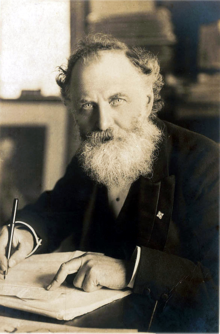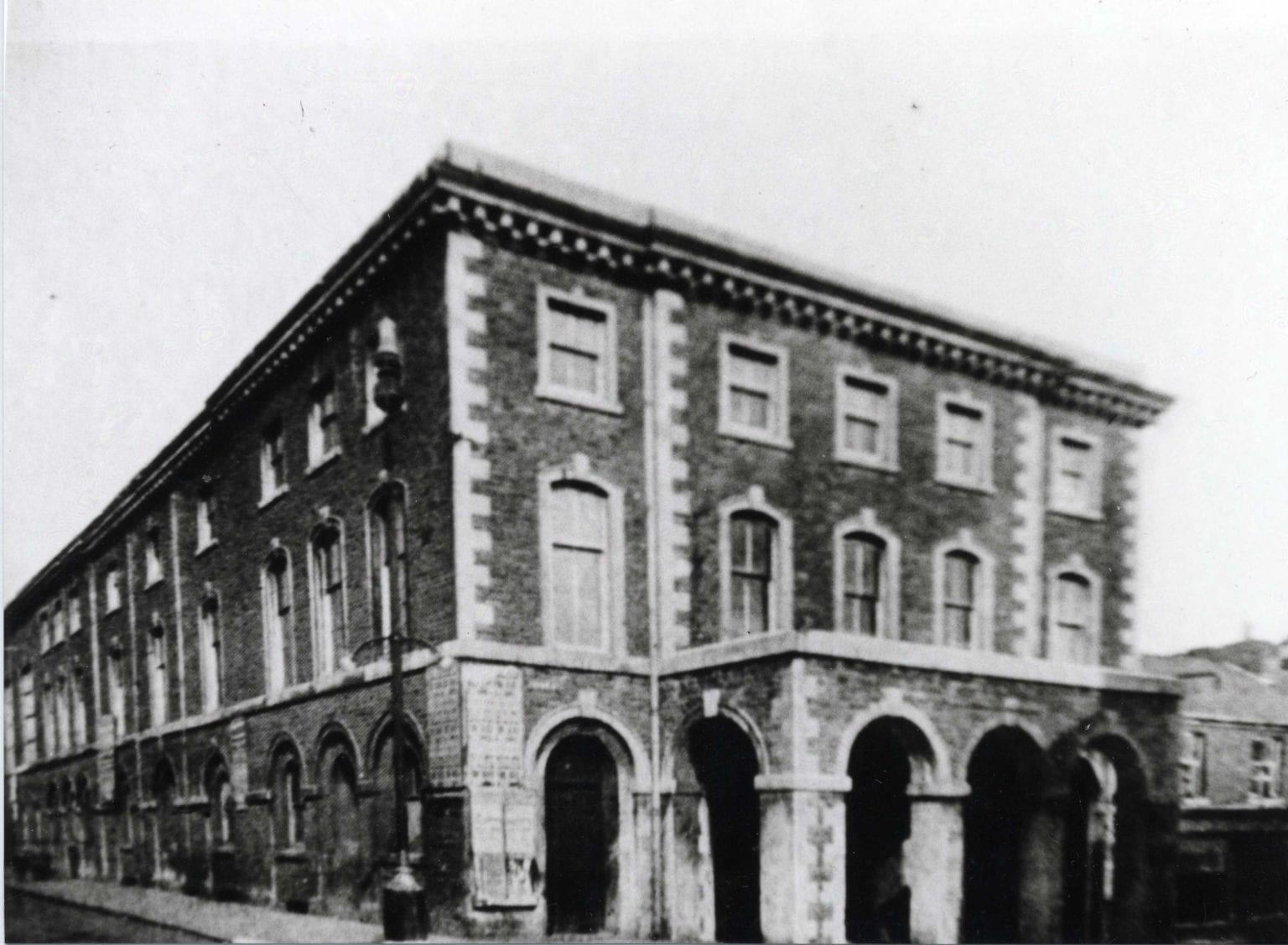William Thomas Stead & The Titanic
This will finally answer the question. What was the connection between the Albert Hall and RMS Titanic?
 |
| William Thomas Stead |
So, let’s start at the end, during the sinking of Titanic
After the Titanic, had hit the iceberg, and the order was given by Captain Smith, that lifeboats were to be lowered with women and children. William was seen to assist and help many of the women and children to get into lifeboats. When this was completed, William was seen entering the First Class Smoking room and settling in a leather chair to read a book.
 |
| Alfred D’Orsay Tennyson Dickson |
 |
| John Jacob Astor |
Afterwards Philip Mock, survivor claimed that he saw both William and John Jacob Astor both clinging to a raft. Philip claimed that both their “and they were compelled to release their hold”. Both men lost their lives during the sinking. John’s body was recovered, and he was later buried at Trinity Church Cemetery, in New York City. Incidentally, this is the same cemetery where Alfred D’Orsay Tennyson Dickson, son of Charles Dickens is buried.
William’s body was never recovered. His prophetic dream about his own death had come true.
So, let's go back to the beginning.
William Thomas Stead was born in 1849, in Embleton, Northumberland. He was the son of the poor but respected Reverend William Stead and Isabella Jobson. A younger brother was born a few years later. William was largely educated at home by his father, however, from 1862 he attended Silcoates School, Wakefield.
By the age of 22, William, was the editor of The Northern Echo. 1873, he married Emma Lucy Wilson, and they were to have six children. Three years later, in 1876, William started a campaign to repeal the Contagious Diseases Act, also befriending the feminist, Josephine Butler. The Act was repealed in 1886.
1880, William was appointed assistant editor of the Liberal Pall Mall Gazette. William took over as editor after John Morley was elected to Parliament.
Following the repeal of the Contagious Diseases Act, of 1885, William started a crusade against child prostitution publishing a series of articles entitled “The Maiden Tribute of Modern Babylon”. William arranged the “purchase” of Eliza Armstrong, a 13-year-old daughter of a chimney sweep. It is through his actions, that furthered the passing of the Criminal Law Amendment Act, 1885. He raised the age of consent from 13 to 16.
 |
| Sir George Newnes |
William was also an enthusiastic supporter of the peace and other popular and unpopular movements. William also wrote with facility and sensationalist fervor on all sorts of subjects.
During the 1890s, William became increasingly interested in spiritualism. In 1893, he foundered the spiritualist quarterly Borderland
William often claimed that he would die from either lynching or drowning. He published two pieces that gained greater significance in light of the sinking of the Titanic. 1886, William published an article entitled, “How the Mail Steamer went down in Mid Atlantic by a Survivor”, this was followed in 1892 by a story published titled “From the Old World to the New”, in which a vessel, the Majestic rescues survivors of another ship that collided with an iceberg.
 |
| Albert Hall |
However, Stead was to have an audience at the Albert Hall, in February 1892, where the topic was the ideal church. He was also very involved with the Welsh Revival of 1904, where he wrote his accounts for the Daily Chronicle.
1907 also saw William Stead mentioned in the Daily Cambrian, regarding the disappearance of the Welsh/Canadian author and painter Mrs Arthur Behnna who worked under the name of John Prendergast.


Comments
Post a Comment